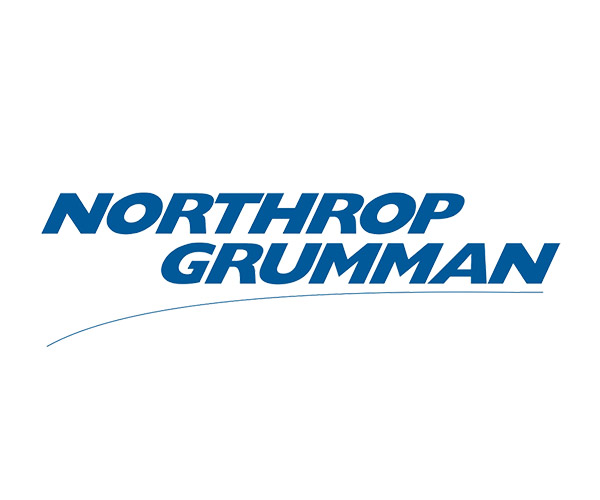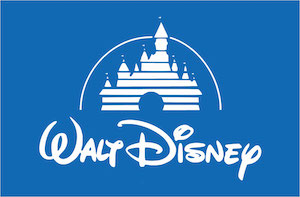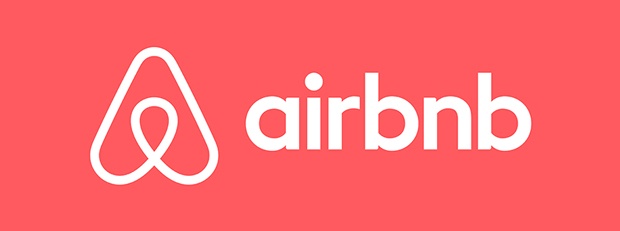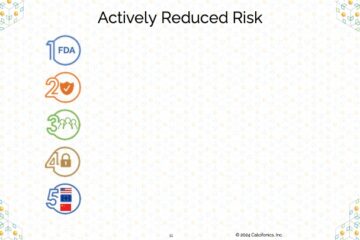A short, aspirational, and catchy slogan is marketing manna, but the wrong thing to use in the title slide of a fundraising deck.

“Let’s go places.”

“Think Different.”

“Defining Possible.”

“15 minutes can save you 15%”

“America runs on Dunkin’”

“The Happiest Place on Earth”
These slogan examples are all short, aspirational, catchy, and they define a brand in some fashion, so that they are not interchangeable (although Dunkin’ might have liked “The Happiest Place on Earth” if Disney hadn’t.)
And beside being simple, memorable, and powerful, they communicate a message that resonates deeply with their target audience.
The First Thing Investors Want
Many fundraising decks start with the catchiest slogan that the team could come up with. But that’s not what generates investor interest.
I wrote about the first 20 seconds of any fundraising presentation here. In that critical first 20 seconds, when your title slide is on the screen, investors are deciding how closely to pay attention to your pitch. In other words “Am I likely to be interested in what follows, or should I check my email. . .”
The first questions that investors have are a) Is this an area I invest in, b) Is the solution solving a significant problem, c)How large might the opportunity be, and d) Might I be excited by what follows.
Notice that all the above great slogans fail to answer at least three of the four questions. So as catchy, powerful, and memorable as they may be, they miserably fail to resonate with their target audience, who in this case are not potential customers but potential investors.
“15 minutes could save you 15%” might resonate with cost conscious consumers who already know that insurance is what is being talked about, but this type of slogan, if you weren’t already familiar with the company and it’s product, tells you nothing about the four investor interest questions- not the area, not the size of the problem, not the opportunity. Maybe it’s catchy enough for an investor to be excited or entertained, but that’s a big maybe.
The Reason for Existence, a Better Introduction
Instead of a slogan, use a Reason for Existence (RFE). The RFE immediately establishes why your company exists, and a good RFE gets to most or all of the initial investor questions.
The RFE doesn’t have to be a complete read on the business. It should summarize what the company is attempting to accomplish for its customers and/or for society. It may or not include how the company may do this.
A great RFE puts a picture in the investor’s head. It certainly won’t be a complete picture but it should be a picture that is intriguing, answers some of the initial questions, and leaves the person wanting to find out more.
More information about RFE’s is here.
Specific to Your Company
I’ve seen many pitch deck RFEs along the lines of:
Re-imagining healthcare
The [fill in the blank] of tomorrow
AI for greater efficiency
The future of [you name it]
The problem with these types of slogans masquerading as RFEs is that the slogan could apply to almost any company in a similar industry, or maybe in any industry. In trying to be pithy and catchy, the writers have lost any differentiation.
Your RFE should be as unique as possible to your company, if possible so specific that not a single competitor could use it.
Slogan vs RFE Examples
Here are a few examples from well-known companies.

AirBnB’s current slogan is:
“Belong Anywhere”
Given that you already know about what AirBnb does, it’s a great slogan – short, memorable, aspirational, and a direct hit with the target audience. But it would have been a terrible fundraising introduction – if you didn’t already know AirBnB, “Belong Anywhere” would tell you nothing and the first opportunity to generate interest would be lost.
AirBnB’s actual fundraising title page RFE was:
“Book rooms with locals, rather than hotels.”
Still short and memorable, but it answers most of the investor questions – what the general area of the service is, the problem being solved, at least a hint of the size of the opportunity, and it’s intriguing. Needless to say, AirBnB’s fundraising effort was successful!

Another good example is LinkedIn. Their current slogan is:
“Connect to Opportunity.”
But their fundraising RFE was:
“Linkedin is professional people search 2.0”
Here a a few others:
Facebook current slogan: “Better connecting you with the pages and groups you care about.” (Um, maybe not too catchy or memorable).
Facebook fundraising RFE: “Thefacebook.com is an expanding online directory that connects students, faculty, alumni, and staff through social networks at colleges and universities.”
WeWork current slogan: “Strive to be better. Together.
WeWork fundraising RFE: “Space as a Service.”
Doordash current slogan: “Restaurants and more, delivered to your door.” (Actually, not a bad RFE).
Doordash fundraising RFE: “We enable every restaurant to deliver.”
Notice that all of the fundraising RFEs were specific enough that they answer most of the initial four investor questions.
Bottom Line
The investor pitch is a selling situation, just like advertising. But the audience are investors rather than customers. And the audience has a very focused interest in the information they wish to receive. A slogan, catchy and innovative as it may be, is the wrong way to start off your deck. An RFE, maybe a bit less exciting than a slogan, is a better way to generate interest in what you are about to say.
“Go forth and prosper.”



0 Comments